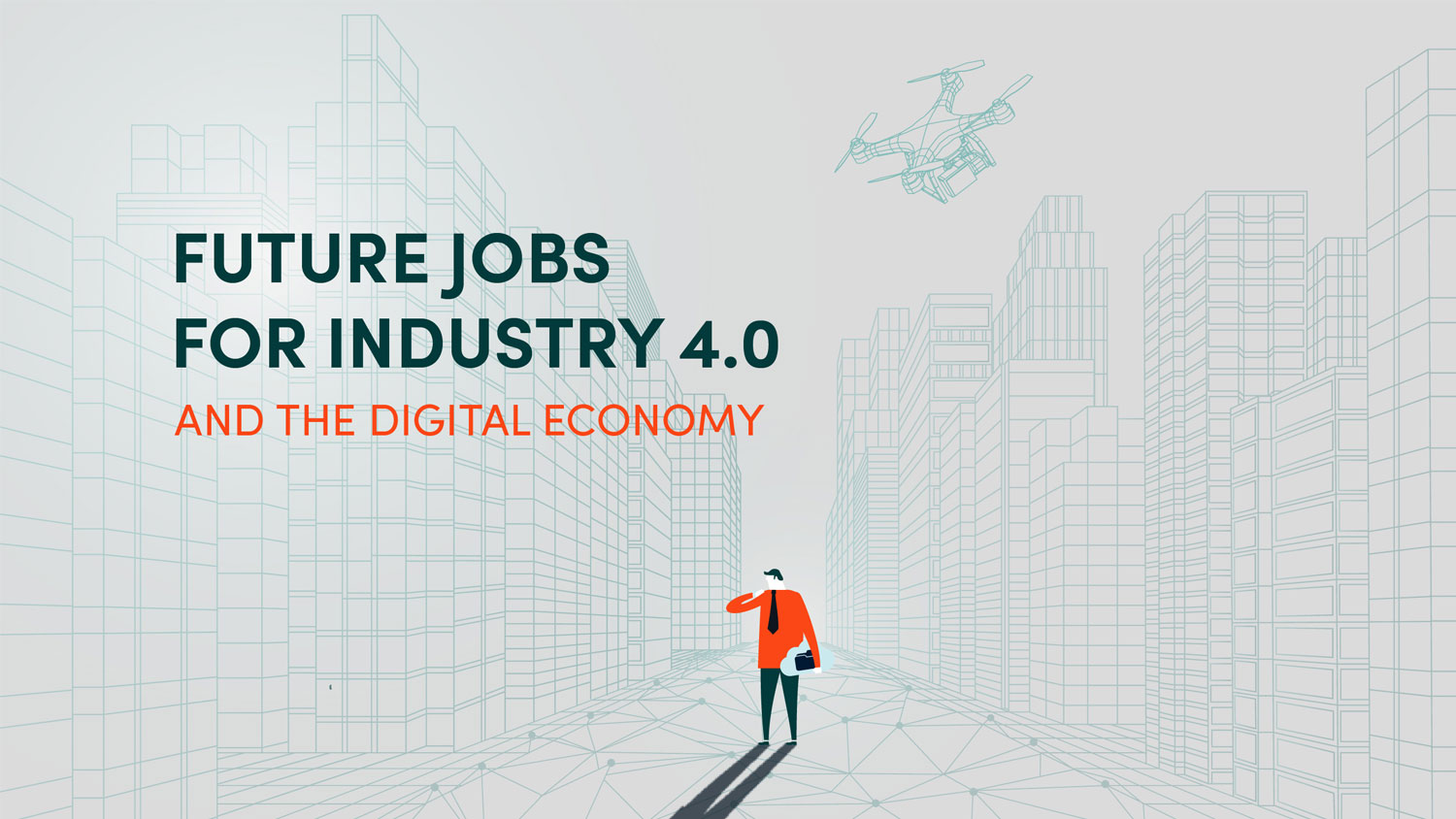Industry 4.0: Singapore’s Strategy
Thu, 02/20/2020 - 12:00
Industry 4.0 describes the trend where automation powered by data may be able to perform everyday tasks. It is blurring the lines between the physical, digital and biological worlds. It also refers to the blending of two or more technologies such as genetic engineering, materials science, Artificial Intelligence (AI), advanced manufacturing and the Internet of Things (IoT) to result in innovations and solutions. Industry 4.0 has ushered in the digital economy where technology is ubiquitous, driving transformative change in the way we live and radically disrupting every business sector.
One of the biggest concerns of Industry 4.0 is its impact on the workforce. Between 400 million and 800 million jobs will be lost to automation by 2030, according to McKinsey Global Institute (MGI).1
There is a spot of good news: technology may destroy jobs but not work. MGI reports that only five percent of current occupations will be automated with many existing job roles redefined. Most critically, new jobs will be created. The challenge, however, is that many future jobs have not been invented or defined yet. Hence the anxieties faced by workers, employers and governments.
The reality is that tomorrow’s workers must have technical skills and competence, complemented by dexterity in thinking and prowess in solving problems. The current workforce must immediately set out to upskill and reskill continually to remain competent for the Industry 4.0 era.
Governments are responding in various ways such as to expand science and technology (S&T) programmes including R&D activities; introduce new initiatives in S&T education and forge new ways of keeping the workforce relevant and ensuring employability.
Let’s take a look at Singapore’s Science and Technology Strategy.
Singapore’s investments in S&T focus on keeping the Republic competitive and relevant globally, as well as seeding exciting new opportunities for the digital economy. Additionally, the spending on science and technology must have a positive impact on GDP growth. Thus, the country’s twin efforts are in developing S&T capabilities to strengthen its industries and to grow its S&T talent base. Ultimately, it is to enhance Singapore’s position as the tech node in Asia-Pacific as well as to be one of the most research-intensive, innovative and entrepreneurial economies in the world.
Indeed, nearly half of the respondents in the SGInnovate survey support the Government’s lead to build the S&T talent together with the national science and technology agencies.
Initial S&T efforts focussed on strengthening the manufacturing sector. Gradually, as the country’s economy became more sophisticated and advanced, the policy expanded to focus on other areas, especially biotechnology and biomedical sciences, cybersecurity, and computer science.
Singapore’s science and technology efforts are best seen through its R&D investment lens where it has spent about US$44 billion since 1985 to build research and manpower capabilities and grow leading-edge research institutions. The results are impressive. There are about 20 research institutes under the Agency for Science and Technology Research (A*STAR)2 employing a total of about 5,000 scientists and engineers. Several technological centres of excellence have been established in the National University of Singapore (NUS), the Nanyang Technological University (NTU) and other tertiary institutions. Joint laboratories between the government, university and private sector organisations have also been set up to do translational research.
Between 2009 and 2013, the national S&T efforts gathered faster momentum as the Government raised R&D spending to more than 1% of GDP in a bid to develop intellectual capital and provide researchers for the R&D community.
Several national research institutions were grouped into two centres of excellence: Biopolis for biomedical research opened in 2003 and Fusionopolis for ICT in 2008. In recognition of Singapore’s efforts, the 2015 UNESCO report credited the Republic to be the international hub for R&D in the Asia-Pacific region.
The nation’s current five-year R&D masterplan is the US$13.8 billion Research Innovation Enterprise 2020 Plan (RIE2020). Spearheaded by the National Research Foundation (NRF), it is injecting more funds in expanding fields like advanced manufacturing, synthetic biology, supercomputing, robotics, cell therapy and sustainable urban food production. It will also support the translational research to address national issues like urban congestion and ageing population. RIE2020 also aims to build up innovation and technology adoption in companies and drive economic growth.
Technology consortia have also been set up by NRF in areas like photonics, synthetic biology and biofilms to bring together local pockets of research expertise and capabilities.
Talent development is a crucial pillar in RIE2020. Currently, there are over 35,000 research scientists and engineers in Singapore, according to A*STAR. Undoubtedly, S&T investments will generate economic opportunities here, including creating new exciting jobs in cutting edge technology and leading-edge applications.
The majority of respondents (87.7%) from the SGInnovate survey are confident that Singapore will continue to remain a competitive R&D and product development global hub in the next five to 10 years. Their confidence is based on the Government’s continued efforts to provide leadership, direction and financial support for the science and technology industry.
1 McKinsey Global Institute, “Jobs lost, jobs gained: What the future of work will mean for jobs, skills, and wages”, November 2017 [https://www.mckinsey.com/featured-insights/future-of-work/jobs-lost-jobs-gained-what-the-future-of-work-will-mean-for-jobs-skills-and-wages]
2 Agency for Science, Technology & Research, “Research Entities Capabilities” [https://www.a-star.edu.sg/language/en-SG/Research/Research-Entities-Capabilities]
One of the biggest concerns of Industry 4.0 is its impact on the workforce. Download our insights paper to read more on the impact of Industry 4.0 and the digital economy on Science and Technology talent development in Singapore.
Trending Posts
- Keeping satellites safe: How CYSAT Asia 2026 is tackling space cybersecurity
- The future of fusion energy: What will it take to bring the power of the stars to earth?
- How an aerospace engineer charted a path to quantum technology
- Scaling nanomaterials is challenging — Meet the startup with a hybrid solution
- Surveying Singapore's early-stage emerging tech startup landscape






